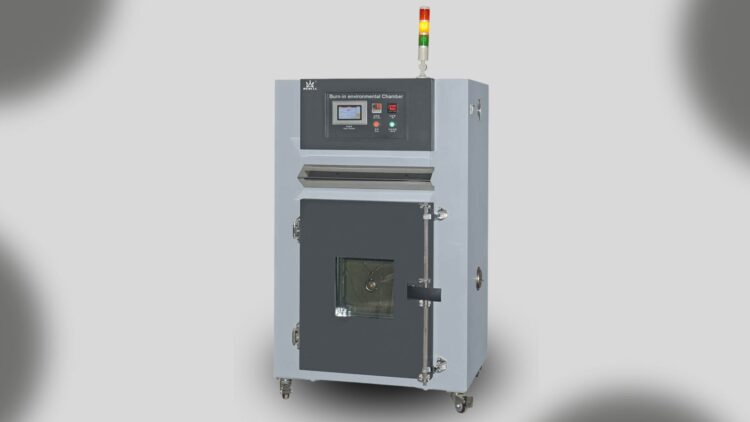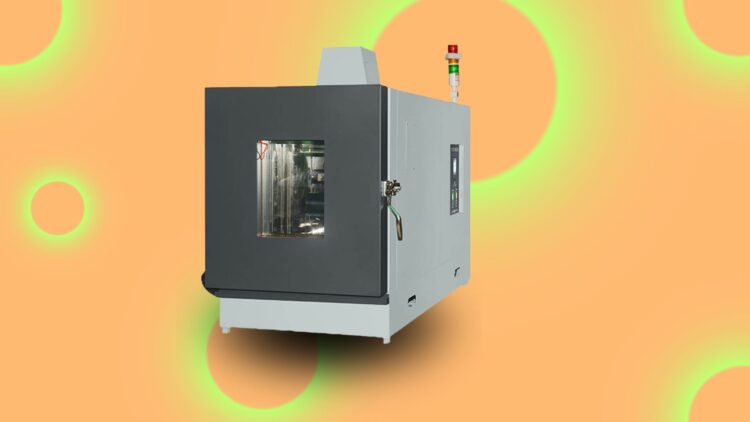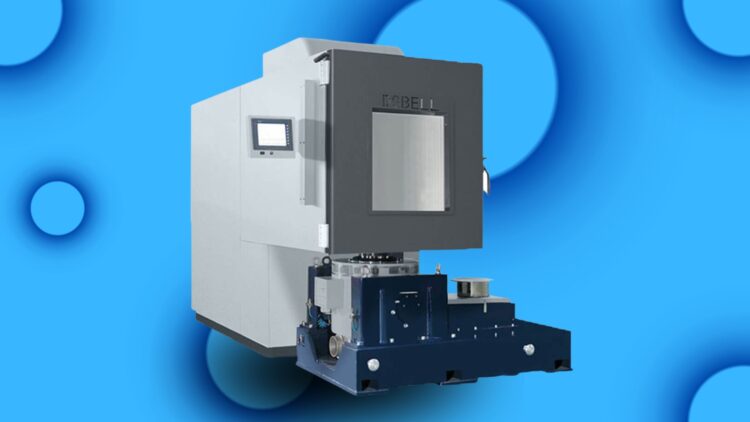An environmental test chamber is a sophisticated device used to simulate environmental conditions within its confines. This tool is crucial in research, product development, and quality control.
By replicating conditions such as temperature, humidity, and atmospheric pressure, these chambers allow scientists and engineers to evaluate the performance, reliability, and safety of materials, products, and components under various environmental stresses.
Page Contents
Environmental Test Chambers

The cornerstone of controlled testing in numerous industries, these test chambers play a pivotal role. They create specific environmental conditions, ranging from extreme temperatures to varying humidity levels.
This controlled environment is vital for testing the resilience and operational capability of products in diverse conditions. The objective is to ensure that products can withstand and function in the real world, where environmental conditions are unpredictable and often harsh.
The Wide Array of Applications
From electronics to aerospace, the application of these test chambers is vast and varied. In the automotive industry, they test components under different climatic conditions to ensure durability and performance.
In the pharmaceutical sector, they are crucial for stability testing of drugs. Even in fields like architecture and construction, these chambers help in assessing the longevity of materials against environmental degradation.
The Technology Behind the Chamber

The technology of an environmental test chamber is a blend of mechanical, electronic, and thermal engineering. These chambers are equipped with systems to control temperature, which can range from extreme cold to intense heat, and humidity, which can be varied from dry to highly moist conditions.
The control systems are often integrated with sophisticated software to monitor and record data, enabling precise and repeatable testing conditions.
Tailoring to Specific Needs
One size does not fit all in the world of environmental test chambers. They are often custom-built to cater to specific industry requirements. This customization can include varying sizes, from small benchtop units to large walk-in chambers, and specific features like vibration testing capabilities or UV light exposure.
The adaptability of these chambers makes them invaluable for testing a wide range of products and materials.
The Role in Quality Assurance and Compliance
In the realm of quality assurance and compliance, these test chambers are indispensable. They help companies adhere to international standards and regulations by ensuring that products can endure environmental stressors. This testing is not just about compliance; it’s also about building consumer trust and brand reputation by guaranteeing product reliability and safety.
Future Developments and Innovations

As technology evolves, so do environmental test chambers. Future advancements may include more energy-efficient designs, enhanced data analytics capabilities, and integration with artificial intelligence for predictive testing outcomes. The potential for these chambers to evolve and incorporate more advanced technologies is vast, promising even more precise and efficient testing capabilities.
End Note
In conclusion, these test chambers are a fundamental tool in the world of product testing and development. Their ability to simulate a range of environmental conditions is essential in ensuring that products are durable, safe, and compliant with international standards.
As industries continue to evolve and face new challenges, the role of environmental test chambers will undoubtedly expand, becoming even more integral to research and development processes.




